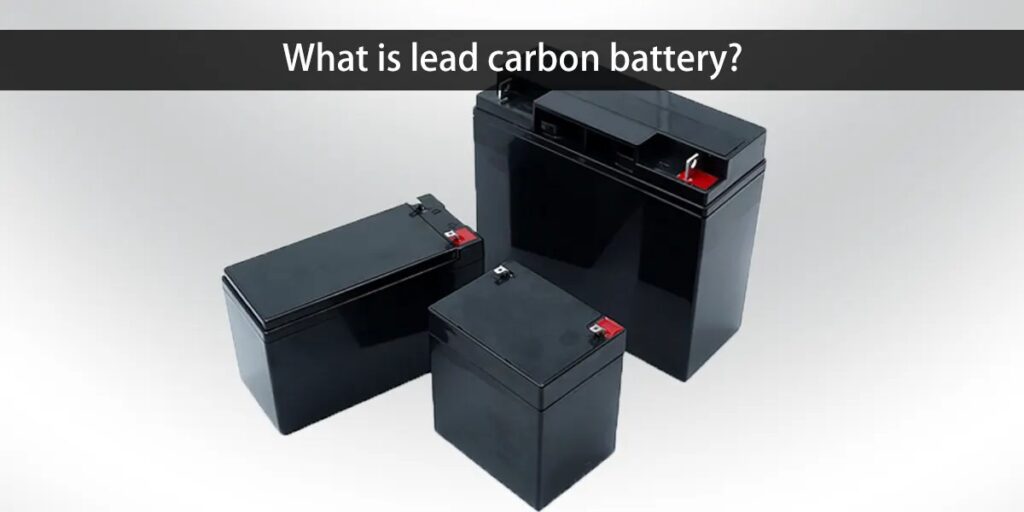Lead-acid batteries have been the backbone of energy storage for over a century, powering everything from cars to backup systems. However, advancements in battery technology have introduced lead-carbon batteries, a hybrid that combines the reliability of lead-acid with the enhanced performance of carbon materials. But what exactly sets them apart?
Chemistry & Structure
- Lead-Acid: Uses lead (Pb) plates and sulfuric acid electrolyte. During discharge, lead reacts with sulfate ions to form lead sulfate (PbSO₄), which reverses during charging.
- Lead-Carbon: Integrates activated carbon (often graphene or carbon nanotubes) into the negative electrode. This addition improves charge acceptance and reduces sulfation.
Key Advantages of Lead-Carbon
✔ Faster charging (carbon enhances conductivity)
✔ Longer cycle life (reduced sulfation degradation)
✔ Better partial-state-of-charge (PSOC) performance (critical for renewable energy storage)
While lead-acid remains cheaper upfront, lead-carbon’s durability makes it a strong contender for applications requiring frequent cycling.


